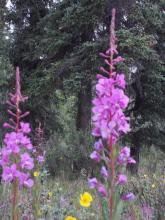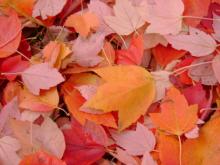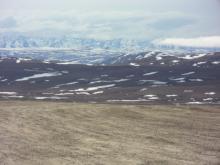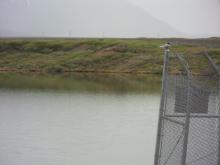Update
Archived PolarConnect Event
PolarTREC teacher Susan Steiner hosted a PolarConnect event from Toolik Field Station on 7 June 2012.
The archive is for this event. Please visit the PolarConnect Archive Page
What Are They Doing?
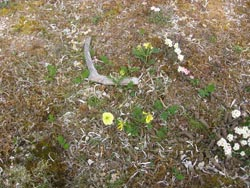
Since nutrient cycling on the tundra changes throughout the season, the research team worked to understand how seasonal changes in tundra plants and soil dynamics are affected by changes in the timing of snowmelt and warming. By experimentally manipulating factors such as the timing of spring thaw and fall freeze directly on the tundra, the team could study how this affects the ecosystem directly. The team was engaged in a mixture of outdoor field sampling, experimentation, and laboratory work. Through this research, the team aimed to better predict the impacts of changing growing season timing and duration on the carbon balance of arctic ecosystems.
Where Are They?
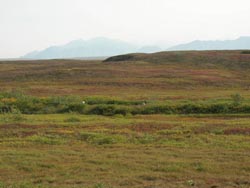
Latest Journals

Michael Weintraub is an assistant professor in the Department of Environmental Sciences at the University of Toledo, where he studies terrestrial ecosystem and global change ecology. His research program is focused on understanding the mechanisms underlying basic ecosystem processes and how they are affected by impacts such as climate change and nutrient deposition. His overall research goal is to understand the controls on ecosystem processes such as decomposition, and transformations of both inorganic and organic soil nutrients. Dr. Weintraub uses a range of research tools in order study questions that range from the scale of microbial communities up to the ecosystem level. Learn more about Dr. Weintraub's research here [http://www.eeescience.utoledo.edu/faculty/weintraub/csas.htm]

